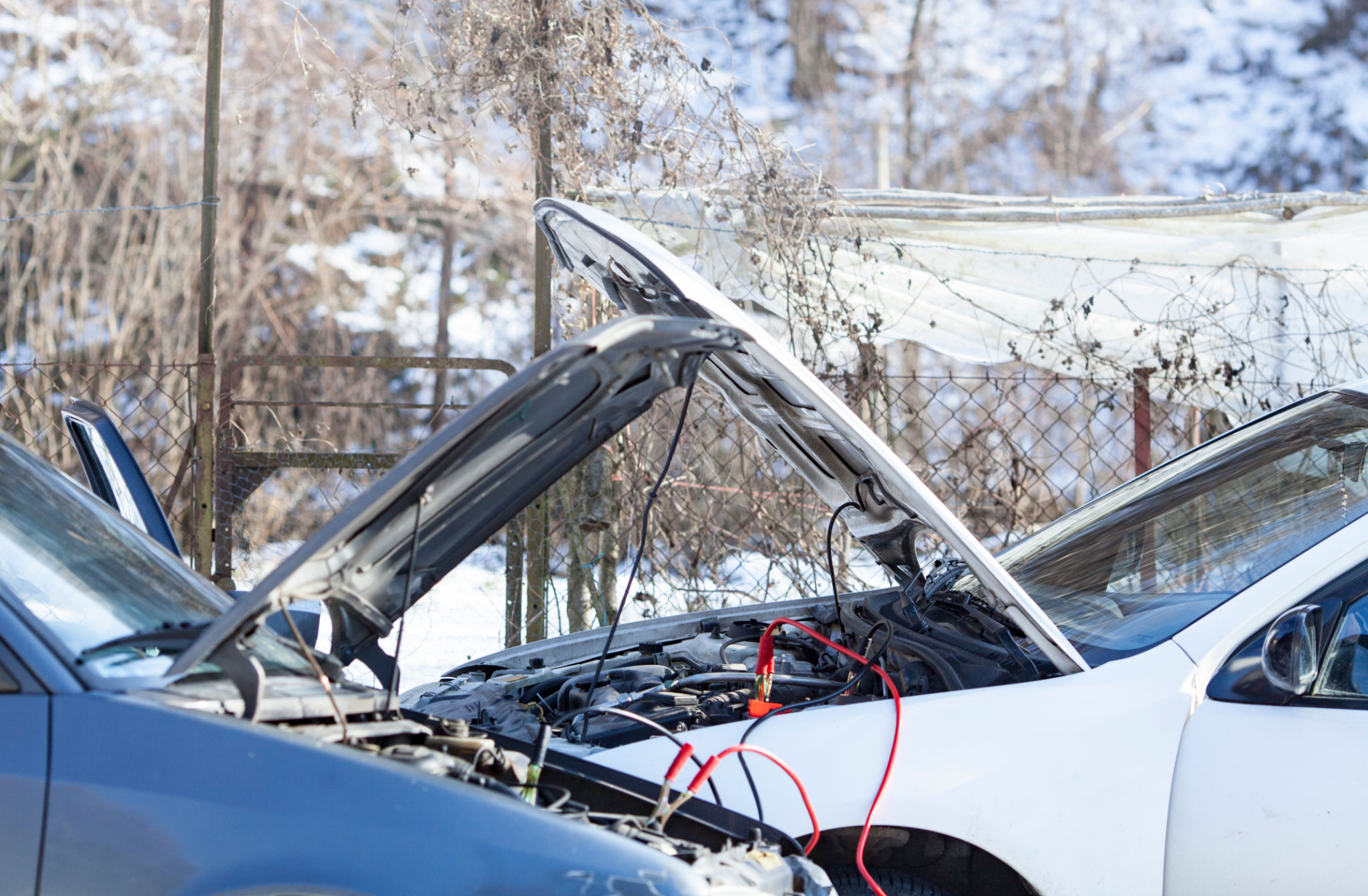Expert Tips for Handling Common Roadside Emergencies Safely
Stay Calm and Assess the Situation
Encountering a roadside emergency can be a nerve-wracking experience, but the first step is to stay calm and assess the situation. Whether it's a flat tire, engine trouble, or an unexpected stop, taking a moment to evaluate the surroundings and ensure safety is crucial. If possible, move the vehicle to a safe location away from traffic.
Once in a safe position, turn on your hazard lights to alert other drivers of your situation. This is especially important if you are unable to move your car off the road. Keeping an emergency kit in your car, which includes items like road flares or warning triangles, can also help signal distress to others.

Dealing with a Flat Tire
A flat tire is one of the most common roadside emergencies. If this happens, find a flat, stable location to change the tire. Consult your vehicle’s manual for instructions on using your spare tire and tools. Remember to always place wheel wedges under the tires opposite the one you are changing to prevent the car from rolling.
Loosen the lug nuts before using the jack to lift the car. Once elevated, fully remove the lug nuts and replace the flat tire with the spare. Tighten the lug nuts in a star pattern to ensure even distribution of pressure. If you're uncertain about changing a tire, calling for professional roadside assistance is a safe alternative.

Handling Engine Overheating
Engine overheating is another issue drivers may face. If you notice your temperature gauge rising or steam coming from under the hood, it’s important to act swiftly. Pull over safely and turn off the engine. Avoid opening the radiator cap immediately as it can cause burns from steam release.
Allow the engine to cool down before checking coolant levels. It’s wise to keep extra coolant in your vehicle for such emergencies. If coolant levels are low, refill as needed and inspect for leaks. Persistent overheating issues should be addressed by a professional mechanic.

Running Out of Fuel
Running out of fuel can happen to anyone, and it’s essential to handle it carefully. If you find yourself in this situation, safely pull over and turn on your hazard lights. Walking to the nearest gas station might be an option if it's safe to do so.
Alternatively, many roadside assistance plans offer fuel delivery services. It's beneficial to have a membership with a service that provides this option for added peace of mind during long trips.
Managing Battery Failure
A dead battery can leave you stranded unexpectedly. To avoid this, regularly check your battery’s health and keep jumper cables in your car. If your battery does fail, you'll need another vehicle to assist with a jump start.
Connect the cables in the correct order: positive to positive, negative to negative, ensuring they don’t touch each other. Start the assisting vehicle first, then attempt to start your car. After successfully starting, let your vehicle run for a few minutes to recharge the battery. If it doesn’t start after several attempts, it may be time for a new battery.

Emergency Contact Information
It's vital to have emergency contact information readily available. This includes numbers for roadside assistance services and local towing companies. Most modern vehicles offer built-in emergency contact systems that can be activated during a crisis.
Keep a list of contacts in both digital and physical formats in case of phone failure. Having these numbers on hand can expedite getting help when you need it most.
By staying prepared and informed about handling common roadside emergencies, you can greatly reduce stress and increase safety during unexpected situations on the road.
